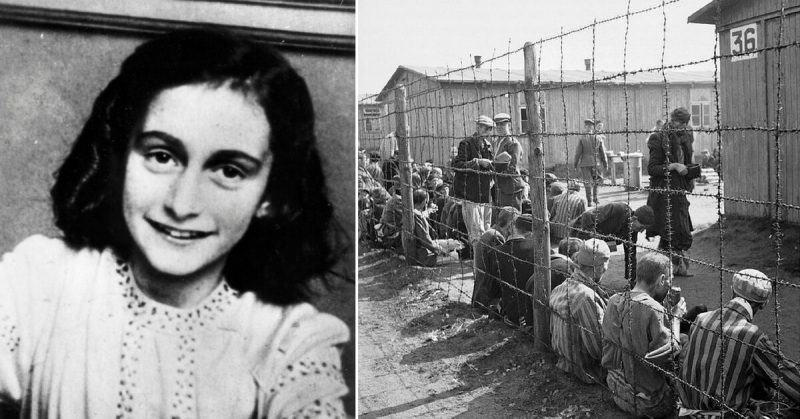Bergen-Belsen is infamous around the world for the poor conditions the prisoners endured at the camp during World War Two. Disease and malnutrition were rife, and thousands of prisoners died due to poor hygiene and illness. The treatment of prisoners in the camp was heavily documented once the British liberated the place in 1945, with many photographs taken to record the atrocities and cruelty committed by the Nazis against the prisoners there.
Many soldiers were scarred by the horrors they saw at Bergen-Belsen, however, much of the camp lifestyle and even many of the prisoners remain a mystery due to the Nazis destroying thousands of documents before liberation to hide their activities. Around 120,000 prisoners passed through Bergen-Belsen in the war, but 55,000 of them aren’t even known by name.
1. It started as a camp to house workers building a military training area.
Bergen-Belsen was initially a camp created to house the workers who were constructing what was the largest military complex in Germany at the time, a training camp for the army. They were there from 1935 when construction began until 1938/1939 when work was finished. The complex is now known as the Bergen-Hohne Training Area and is still in use today by NATO armed forces.
The workers were kept in two camps, Fallingbostel, and the Bergen-Belsen Army Construction Camp. It was unused after the military camp was completed until it became a prisoner of war (POW) camp when Germany invaded Poland.
Fallingbostel was renamed Stalag XI-B and became one of the largest POW camps as it held up to 95,000 prisoners. In 1940 Belgian and French POW’s were sent to Bergen-Belsen, and as Germany planned to invade Russia the camp was made larger to accommodate up to 20,000 Soviet POWs.
Three Stalag camps were built in the area, and by the end of March 1942 more than 40,000 Soviet Union POWs had died there from starvation and disease. In 1943 Bergen-Belsen became a branch camp of Stalag XI-B and was the hospital for all the Soviet prisoners in the region.
2. It became part of the concentration camp system in 1943.
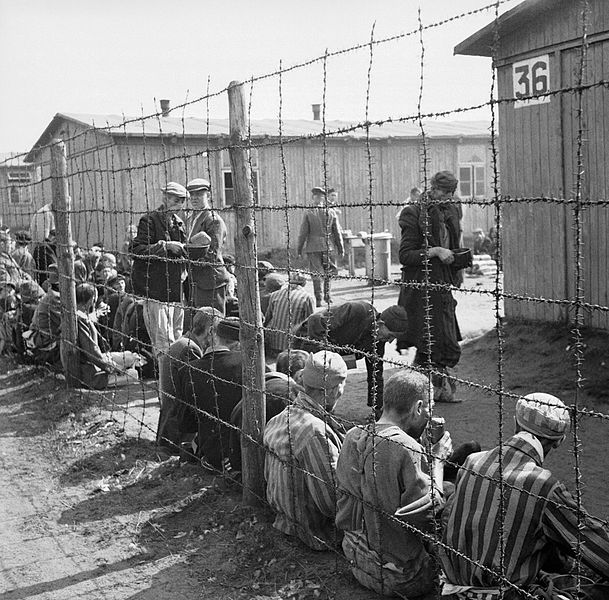
Bergen-Belsen camp was taking over by the SS in April 1943 and became one of the many concentration camps owned by the Nazis. In June it was redesignated as a ‘holding camp’ to avoid international committees inspecting it in line with the Geneva Conventions. Almost 15,000 Jews were transported there between the summer of 1943 and December 1944.
Inmates were put to work, most of them in the ‘shoe commando’ where bits of leather from shoes were taken from shoes that had been and brought to the camp from all over German-occupied Europe. The prisoners here were intended to be exchanged for German prisoners held by the Allies and were treated better than most other prisoners in the camp, although only around 2,500 Jews were ever released.
Later in the war, when these prisoners lost their value to the Nazis, many were sent to Auschwitz-Birkenau and killed.
3. Prisoners from other camps were sent to Bergen-Belsen to ‘recover.’
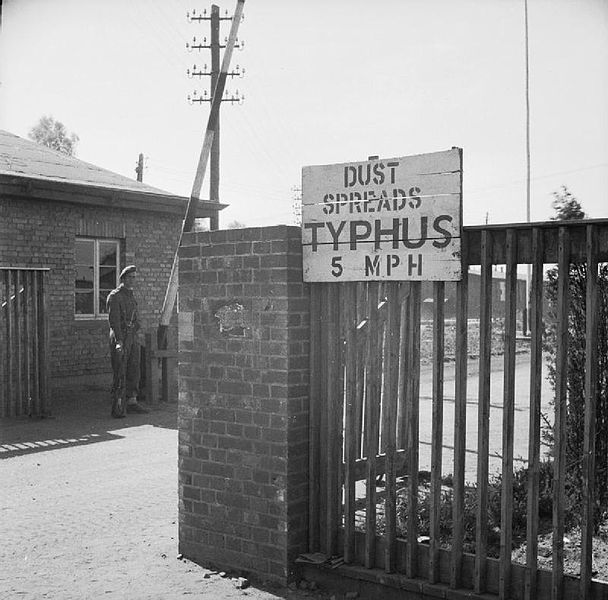
In March 1944 a part of the camp was converted to serve as a “recovery camp” for prisoners from other concentration camps to get better if they were too sick to work. Due to the poor conditions of the camp many died anyway of disease, starvation, and a lack of medical attention.
Thousands of people died due to lack of care, and mistreatment by the guards. In the summer of 1944 at least 200 were killed on SS orders to inject them with phenol, which causes a collapse of the central nervous system and a loss of consciousness. It was a common method of execution by the Nazis.
A new section of the camp was created and deemed the ‘women’s camp’ in August 1944, and 9,000 women and young girls were transported here in the following months. The first internees were Polish women arrested after the Warsaw Uprising. The women who could work were sent on to other concentration or work camps, others never left Bergen-Belsen and died from disease or malnutrition. Two women who were transported there were Margot Frank and Anne Frank, both of whom died in the camp in early 1945.
4. There were no gas chambers there, but many prisoners died due to poor conditions at the camp.
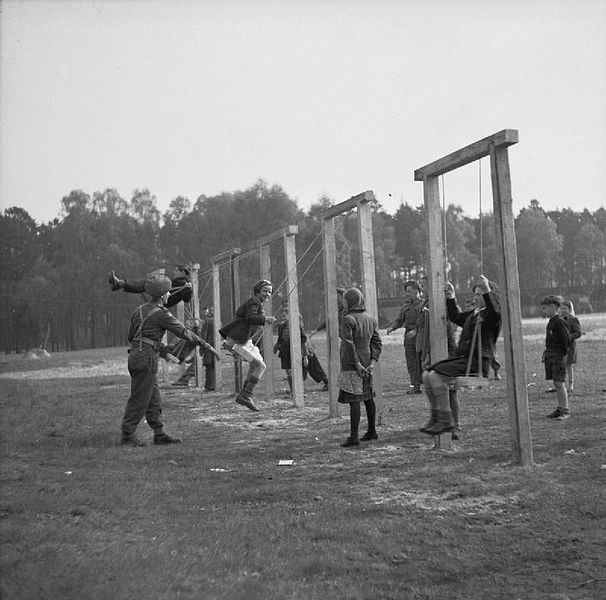
The extermination camps were much further east. Bergen-Belsen was in northern Germany and as such, there were no actual gas chambers there, and no mass killings were conducted. However, estimates suggest more than 50,000 prisoners died at the camp. These were made up of Jews, Czechs, Poles, gay men, and the Roma and Sinti populations.
From 1943 to the end of 1944 around 3,100 prisoners died at the camp but this number increased rapidly after the mass transport of prisoners from the other camps started in late 1944. In the first four months of 1945 the number had jumped to around 35,000.
Overcrowding, the poor hygiene and lack of food made the camp a breeding ground for disease. Typhus, tuberculosis, typhoid fever, and dysentery spread among the prisoners and killed thousands of people even after the camp was liberated.
5. It was burned to the ground after the war.
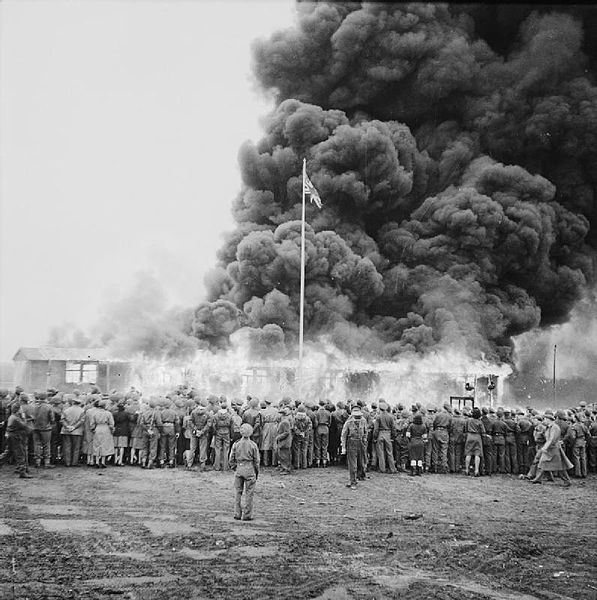
Liberation finally happened on April 15th, 1945, when British and Canadian troops entered the camp. In Bergen-Belsen and its subsidiary camps, they found more than 13,000 unburied bodies and around 60,000 inmates. Most were ill and starving, they had spent days without any food or water and died at a rate of 500 people per day, mostly from typhus. Richard Dimbleby, a British BBC journalist who accompanied the soldiers, said there was ‘over an acre’ of dead and dying people on the ground, and you couldn’t tell which was which. After liberation around 14,000 prisoners died due to disease.
In the aftermath, some prisoners were shot as they tried to reach the food stores by Hungarian soldiers, and revenge killings took place in some of the satellite camps. SS soldiers were forced to dig mass graves for the dead and 29,000 survivors were deloused and moved to the displaced persons Bergen-Belsen camp. Military photographers documented the cruelty and horrors found at the camp so it would never be forgotten, many of these photographs are still on display at the Imperial War Museum in London.
The camp then had to be burned to the ground with flamethrowers because of the typhus epidemic and louse infestation; they couldn’t risk it being spread elsewhere. There is now a memorial where the camp once stood for visitors to go and remember all those who died there.
